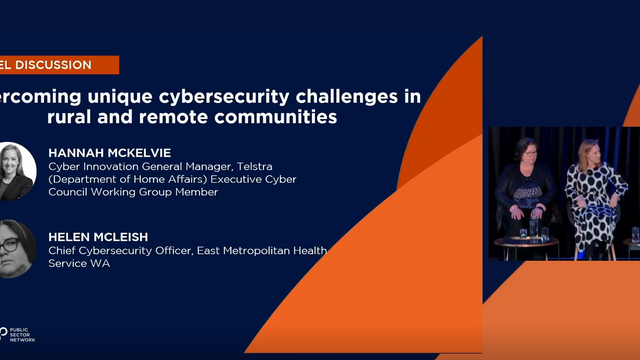Modernising processes, leveraging technology, and improving operations to achieve efficient organisational goals
Providing leadership and specialist strategic direction

Dawn Baxendale
Chief Executive Officer
Christchurch City Council

Three principles of strategic leadership
Local councils, like all government institutions, need to be responsible, adaptable and dependable. In many ways, local councils provide direct services to people and thus have an added responsibility to be extra efficient and effective. Dawn Baxendale , the Chief Executive Officer of Christchurch City Council, says she has three principles that she is guided by as a local council executive:
- It’s the public’s money – “We have both the responsibility and accountability to understand that, and to ensure it is understood right the way through our organisations. In councils we often employ many technical specialists who absolutely want to do the right thing and they want to do the very best that they can. We do however need to recognise that we don’t need a Rolls-Royce for everything. We just need the right thing for the right occasion.”
- The challenge and importance of data and information – “Data can sometimes be of poor quality and unreliable. In the UK, the norm is to show elected members absolutely everything. Here in NZ, we have to be able to show our elected members the full picture and give them the evidence and the objective data they need to enable them to make the best possible decisions.”
- Communication and engagement – “It is common for specialists to come up with what they think the right answer is and then to present it as a fait accompli. That is not going to help your elected members to own the solutions to complex problems and to make decisions on the best knowledge. So engaging and communicating with them is crucial.
A new strategic direction in light of COVID-19
Dawn Baxendale began her role at Christchurch City Council in October 2019. Just a few months later the world changed, but before then, in January 2020, the Council revised some of their plans based on the three principles mentioned above. “Those principles were basically critical to help us get through COVID-19.” Many councils, including theirs, decided to undertake a second annual plan after the pandemic began because so many parameters had changed. However, since the first plan was underpinned by those principles and since everyone was on board, “we were able to do it in just five weeks.” The result was “a lower rate to the public” than just months earlier despite “the financial challenges being significantly greater because of COVID-19.”
This was achieved because “we significantly reduced dividends from our Council-owned companies.” Although income from places like Council-run swimming pools and other facilities came to a halt, “since we were showing the full picture, by working together we were able to propose a very different rate. This is flowing through into our long-term plan.” The discussions with elected members and the executive were focussed and strategic, and thus a 10-year plan includes “detailed positions on climate change, risk and resilience.” In a community like Christchurch, which is coastal and has recently experienced “earthquakes, fires and of course terrorism,” this is critical.
Analysis and affordability
Whilst planning for the future, the Council also looked at “trends of our performance” over the last five years. Analysis of these trends showed that Council was not always spending within its means. As such, “we made quite drastic adjustments to our capital program. Our intelligence and a far better analysed approach resulted in us determining that the capital program should be in the region of $400 million per annum.” Exceptions are built-in and sometimes there may be some overspending if there are “opportunities for shovel-ready projects,” but for the most part, “it gives us a real focus on what we believe we can actually deliver.”
This analysis also showed what is widely known, in that “people go along for 11 months spending what they need, but then realise there’s still some money in the kitty and before the end of the (financial) year you get the good old hockey stick approach, where the spending shoots up because everybody wants to spend their budget by the end of the year.” In many cases that money does not rollover, so there is even greater incentive to spend it, but of course “that is not good planning or forecasting.”
So they decided to do a “root and branch review” – a complete overhaul of all spending practices, looking at “how the budget was operating across the Council which enabled us to see where we had shortages and where we were possibly overcommitted.” This resulted in “us being about to take over $8 million of efficiencies out of the budget.”



































